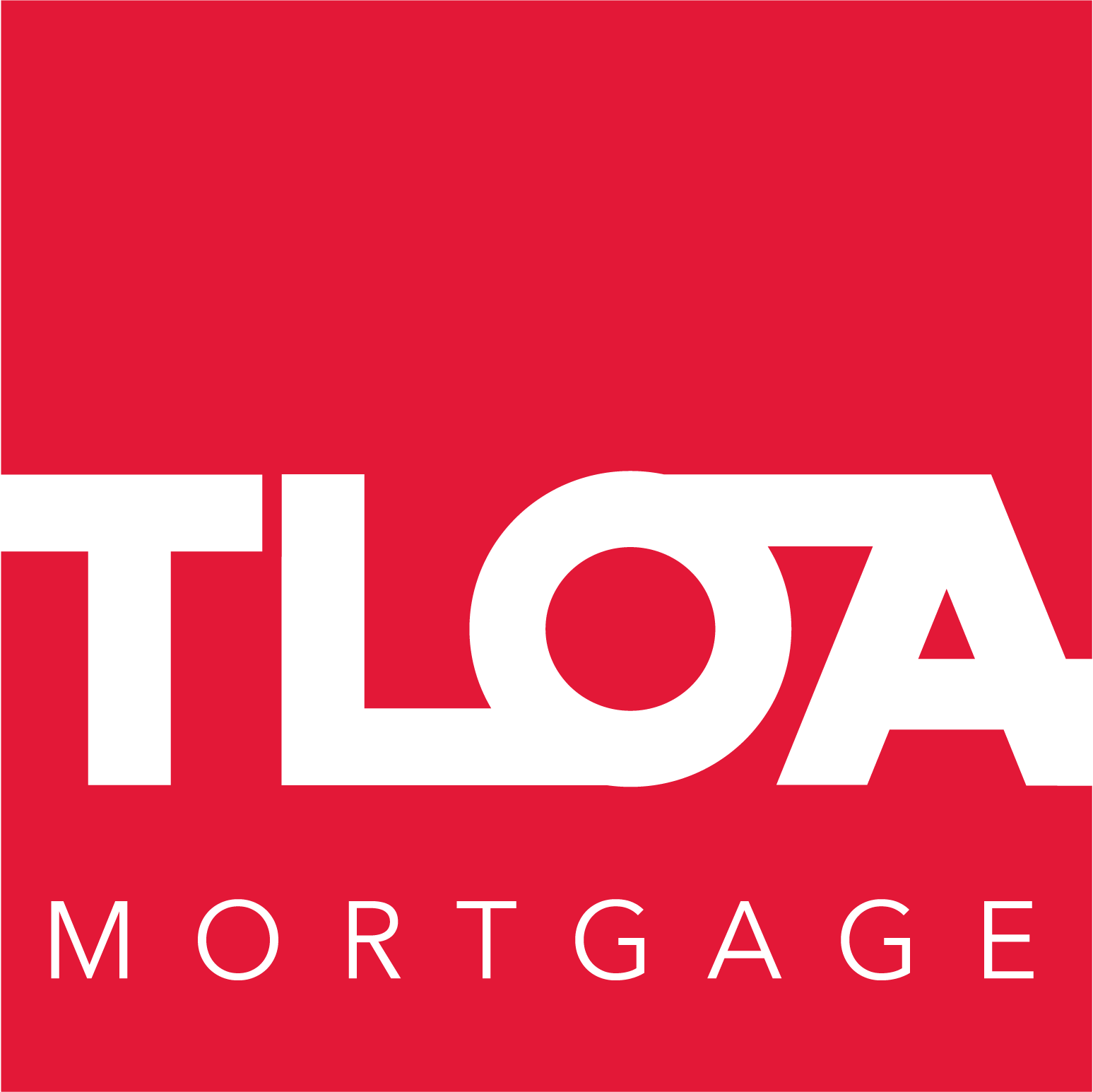
23 Jul What Are Hard Money Loans?
A Hard Money Loan (HML) is an effective financing tool for many real estate investors. Many investors have heard of these loans but may not understand their benefits or proper use. When most people hear the term HML they believe it is only for people with poor credit. Others that have heard of HML but not used them are afraid of the high rate of interest or the fear of getting “stuck” in the loan. These concerns are greatly reduced with understanding and proper use.
The original definition of HML was a loan for borrowers that did not qualify for a more traditional loan so the lenders would make the loan based on the “Hard Equity” in the property. This definition has transformed in today’s lending environment as a valuable tool for qualified borrowers to take advantage of maximized leverage for discounted properties. The deeper the discount, the better the leverage advantage of an HML.
Hard Money Loans are up to 100 percent Loan to Cost (LTC) not to exceed 70-75% of the After Repaired Value (ARV). Rates typically range from 12-14 percent and include fees from 2-3 points.
This equals 100 percent LTC for acquisition plus repairs! Closing costs on this example equal $5,000.
One of the main reasons for the use of the HML is the maximized leverage — the ability to control a large asset as well as the needed repair/construction money with minimal cash out of pocket. Another advantage of HML is the simplistic documentation and faster closing timelines compared to other investor loans.
Hard-Money-Loan
Basic documentation includes:
- Sales contract
- Repairs list
- Appraisal (subject to repairs
- Title commitment
- Insurance coverage
- Survey (if needed)Because of the simpler documentation, these loans can close in two weeks or less! At closing, the repair money is escrowed by the lender and released through a construction draw process.As repairs are completed, the money is released after inspection. Draws are released on “completed work only.” No monies will be advanced for down payments to contractors or to buy materials. The inspector will use the repair list used in the appraisal. For example, If the borrower used $4,000 for the repair list submitted and actually they spent $5,500, then only the $4,000 would be released. Conversely, if they get it repaired for $3,500 then the draw could be for the amount set aside of $4,000.These loans work extremely well for flippers or buy-and-hold investors as the front of a “double close,” with the refinance of ahttps://thinkrealty.com/hard-money-loans/

